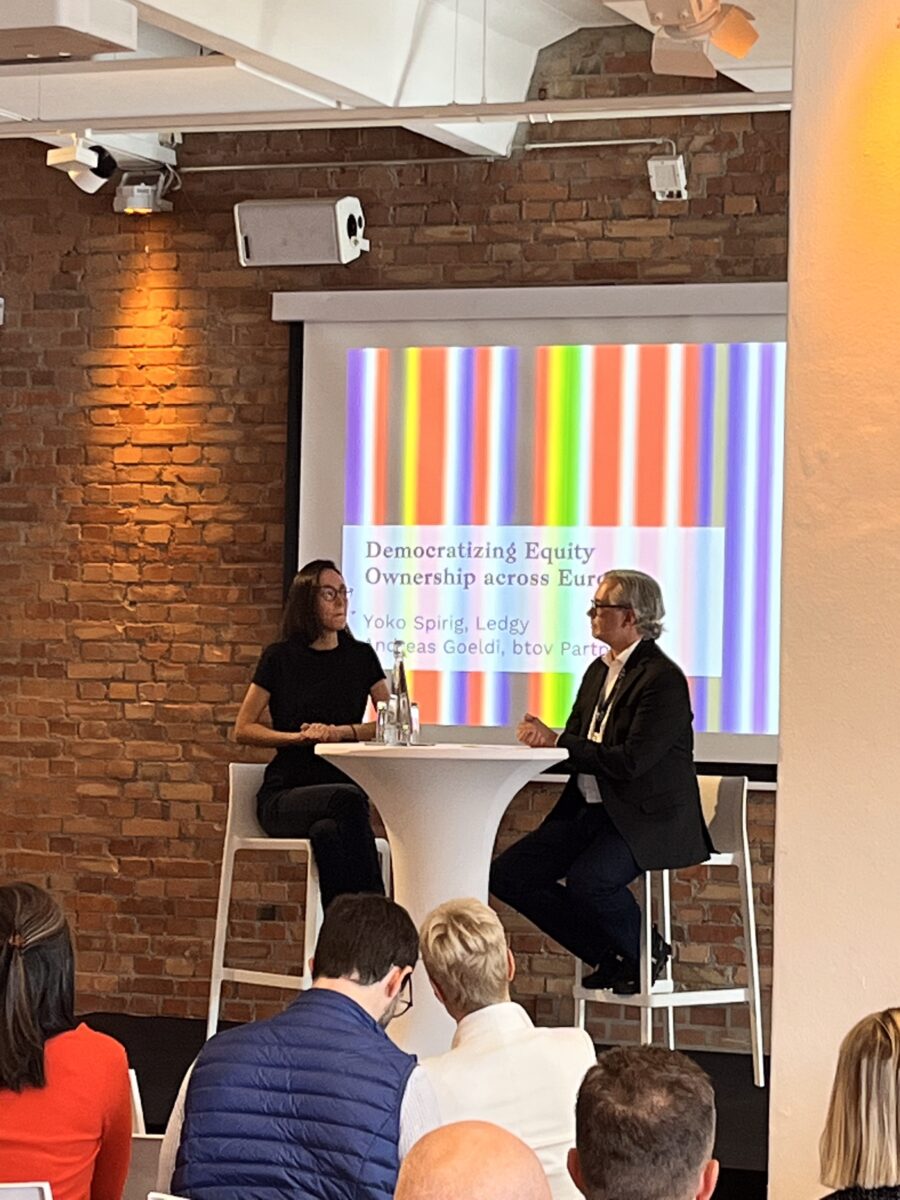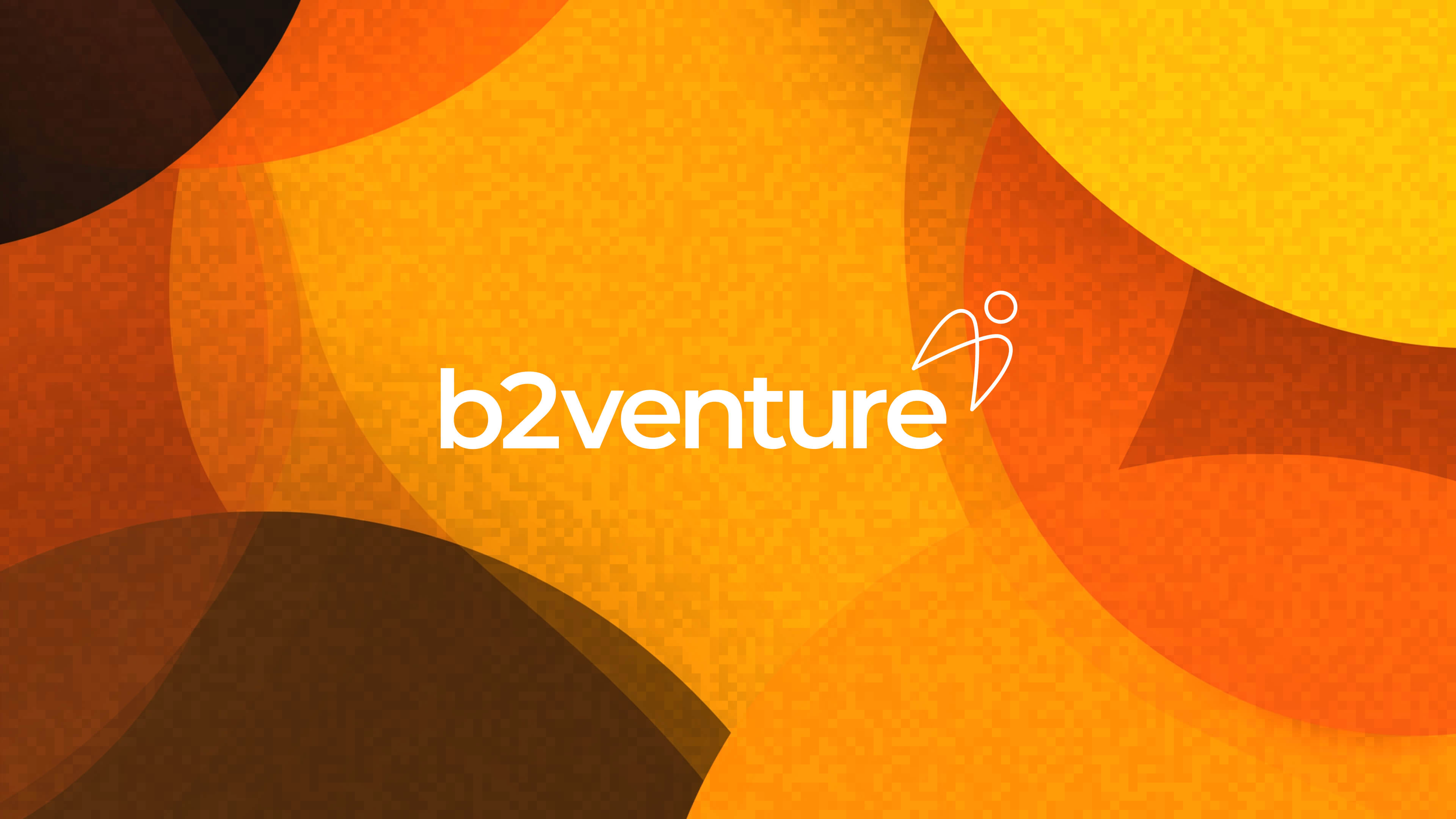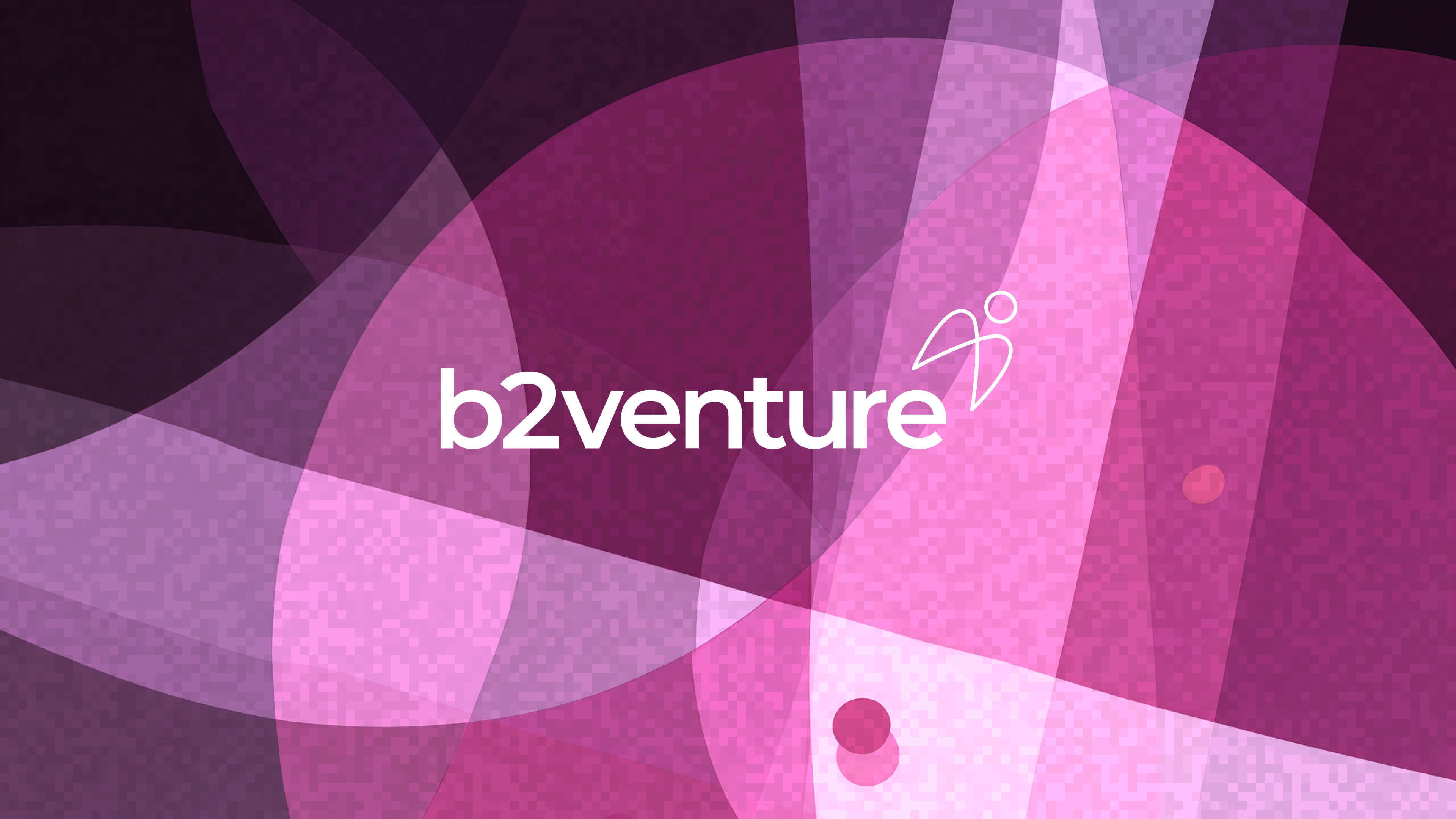Right Tech, Right Time
A VC investor is only as successful as the startups he invests in. Fortunately, Andreas Goeldi can look back on a series of very successful investments across the SaaS and AI board. As a value-add investor, he only gets involved with startups where he possesses technical and market expertise. But coming from a technical background, he talks about the dangers of getting too swept up in the technical excitement of it all: “When you come from a more technical side, it’s hard not to fall in love too much with the technology – you really need to understand that you’re investing in a business after all. As an entrepreneur I’ve always had a bit of a bias to be too early, because that is when the technology is the most fun. But that also meant in turn that my startups had to grow into their markets or wait until the markets caught up with the understanding of the technology. From an investor’s perspective, you can fall into the trap to invest in something that is very cool from a technology point of view but where the market will take years to catch up and enable real growth. Early-stage startups don’t have that kind of time.”
However, Goeldi tells us about two startups that had the right technology for the right market at the right time: Ledgy and LatticeFlow AI.
Ledgy: When Market Momentum turns into Sigmoid Functions
«Stay audit-ready, save time and align your team. From incorporation to post-IPO, Ledgy is the modern equity management platform that takes your company further.»
b2venture led Ledgy’s seed round on a simple observation: Europe’s startups were juggling ownership and options in spreadsheets that snapped at scale. Ledgy was founded in 2017 by three ETH physics students in Zurich. “It was angel investors Myke Näf and Paul Sevinç, the two Doodle founders, who brought Ledgy to us. Originally it started out as a blockchain idea, but as previously mentioned, this was a case where the market was not ready yet. They were able to quickly pivot and keep the original idea of cap table management and ride the wave of the startup boom. After we led their seed round in 2018, they got approached by Sequoia and closed an investment round with them in 2021.”
Ledgy was indeed the first Swiss startup ever to get an investment from Sequoia. “What really impressed me was the level of support and due diligence these guys had to offer. The technical review was done by someone who previously led a team of 8000 engineers at Google for their search engine. The product review was led by someone who was previously responsible for the entire Facebook newsfeed, one of the most popular products in the world. These world-class VCs have a level of talent that we do not have in Switzerland or in Europe. And those inputs are the ones that move the needle.”
Ledgy’s needle was moved indeed. They were able to acquire Swiss giants as their customers such as Climeworks, but also Europe’s most valuable startup Revolut who is now doing their cap table management via Ledgy. They were also the tool behind the most recent Swiss IPO of Swiss Marketplace Group, the biggest IPO of the year in Europe so far.

Hearing Goeldi talk about his conversations with Ledgy paints an insightful picture about day-to-day interactions between investors and startups that happen behind closed doors. “I tried to explain to them the concept of S-curves in terms of market adoption: Sometimes nothing happens for a long time and then suddenly you experience a surge and you’re in the middle of the market. After that it flattens out because the market segment is starting to saturate. And I told them: You need to think about overlapping S-curves – while you’re growing in one segment, you already have to prepare for the next because it will take some time for market adoption. At first, they looked at me a bit puzzled until the CTO finally said: Ahh, you’re talking about sigmoid functions!” As trained physicists, they immediately grasped that concept.
Goeldi’s anecdote is a testament to the communication gap many startups face with investors. It is this gap that Goeldi wants to close with his technical background. “After they understood the concept, they executed it beautifully. And that is my role as the external party: To introduce these new frameworks and translate them so that the business can grow together with the product.”
LatticeFlow AI: Scientific Flywheel at Work
«LatticeFlow AI delivers deep technical assessments for any AI system so you can accelerate your AI advantage.»
LatticeFlow began in a similar neighborhood: ETH labs, world-class research, and benchmarks that beat MIT and Stanford. The problem wasn’t the science. It was translation. “They had the best technology,” Goeldi says, “but not a lot of thought yet about how to build a business out of it.” b2venture had already backed a previous startup by Martin Vechev, one of ETH’s AI powerhouses in terms of startup spinouts. “We had already backed DeepCode and he came back to us with this new idea for which he had already recruited 2 PhDs from his institute that wanted to build the company. It was my job as the investor to help them build a business out of it. But I wasn’t alone – LatticeFlow had the founders of DeepCode as advisors on board, who were simultaneously angel investors in the company.”
LatticeFlow is a successful example of a flywheel culture where exited founders are able to give their expertise to a new adjacent venture. By being an angel investor, they also had “skin in the game” and thus made LatticeFlow’s success their own as well. However, Goeldi also recognizes the challenges with such novel technology. “They tried to raise domestic funds, or European funds to say the least, but it seems like the European ecosystem did not possess enough understanding of the technology. It has landed extremely well with Anglo-Saxon investors that have deep understanding of the tech, but they have struggled to find the same resonance in the DACH region.”
One operational detail says a lot about the internationalization without identity loss. LatticeFlow shifted its legal headquarters to London at investor insistence, but the work stayed rooted where the talent was – Switzerland and Bulgaria. The map changed on paper; the center of gravity did not. It’s a practical answer to a recurring Swiss fear: scale abroad without hollowing out at home.
Today, LatticeFlow AI serves customers like KPMG, the U.S. Army, Bloomberg, CNBC and many others. Their services reflect what Swiss deep tech is strong in: strong trust, security, and innovative technology straight out of the lab.
More about b2venture
-

Andreas Goeldi from b2venture shares insights on scaling startups, bridging tech and business, and strengthening Switzerland’s deep tech ecosystem.
-

From Zurich AI hubs to US expansion, Andreas Goeldi of b2venture shares how Swiss startups can scale abroad while keeping their European DNA intact.